
You are doing it all wrong. Here's the right way to clean your microwave
Cleaning the microwave is one of those household chores that often gets overlooked. Despite being used almost daily, this essential kitchen appliance tends to accumulate food stains, lingering odors, and grease, making it a potential hotspot for bacteria if neglected. Many people avoid cleaning it because they consider the task tedious, time-consuming, or simply frustrating. However, maintaining a clean microwave is easier than most think, and a few small adjustments in your cleaning routine can make a big difference—not just in appearance but also in performance.
In this article, we’ll cover the common mistakes people make when cleaning microwaves and offer a detailed step-by-step guide for cleaning efficiently and safely. By following these tips, your microwave can stay spotless, odor-free, and function at its best for years to come.
1. The Microwave Cleaning Mistake We All Make
One of the biggest mistakes people make is using harsh chemical cleaners or abrasive materials like steel wool or rough sponges. These can scratch the interior, damage the appliance over time, and leave behind residues that could affect your food.
Another frequent error is skipping crucial steps such as steaming. Steaming is essential for loosening stubborn food particles, making the cleaning process much easier.
Finally, many wait until the microwave is visibly dirty before cleaning it. This leads to a buildup of grime that is much harder to remove. A quick wipe-down or steam clean as part of a weekly routine can prevent this buildup and keep odors at bay.
2. Why Steaming First Is Essential
Steaming is a key step for cleaning your microwave efficiently. The steam softens hardened food and grease, reducing the need for vigorous scrubbing, which can damage surfaces.
To steam your microwave:
-
Fill a microwave-safe bowl with 1 cup of water.
-
Microwave on high for 5 minutes.
The condensation will cling to the walls and ceiling, loosening debris and making it easy to wipe clean. Steaming is a simple trick that saves time, prevents scratches, and ensures your microwave stays hygienic.
3. Lemon Water: Nature’s Effective Cleaner
Lemon water is a natural, safe, and highly effective way to clean your microwave. The acidity of lemon juice helps cut through grease while leaving a fresh, pleasant scent that neutralizes lingering odors.
To use lemon water:
-
Squeeze the juice of one lemon into a bowl of water.
-
Add the lemon halves into the water.
-
Microwave on high for 5 minutes.
Let the bowl sit for a few minutes after microwaving. The steam will loosen grime, making it easy to wipe away with a soft cloth. Bonus tip: Lemon water not only cleans but also helps prevent odors from returning.
4. Don’t Forget to Remove the Turntable
Many people overlook the microwave turntable, yet food particles often accumulate underneath it. Neglecting this step can lead to unpleasant odors and even mold growth.
To clean the turntable:
-
Remove it and wash it in warm, soapy water.
-
Rinse thoroughly and dry completely before replacing it.
A clean turntable ensures your microwave remains hygienic and odor-free, and it also prevents contamination of freshly heated food.
5. Always Use a Soft Cloth
Using a soft cloth is crucial for wiping down your microwave. Abrasive materials can scratch surfaces, making them prone to stains and further buildup.
Microfiber cloths are ideal because they trap dirt effectively without leaving streaks. They also help preserve the interior’s finish, keeping your microwave looking new for longer.
6. How to Steam Clean Effectively
For a deeper clean, combine steaming with natural ingredients:
-
Fill a microwave-safe bowl with 1 cup of water.
-
Add lemon slices or 1 tablespoon of vinegar.
-
Microwave on high for 5 minutes.
After steaming, carefully remove the bowl and wipe all surfaces—including the door, ceiling, and corners—with a soft cloth. Paying attention to seams and edges ensures no trapped debris remains. This method provides a thorough clean without harsh chemicals.
7. Why Natural Cleaners Are Better
Natural cleaners such as lemon, vinegar, and baking soda are not only safe for your health but also environmentally friendly and cost-effective. They remove stains and odors without leaving harmful residues that could affect your food.
Unlike chemical cleaners, natural solutions are safe to use in food preparation areas, reducing the risk of contamination. Plus, they are simple to make using ingredients you likely already have at home.
8. Step-by-Step Guide to a Spotless Microwave
Here’s a quick routine for keeping your microwave sparkling clean:
-
Remove and wash the turntable with warm, soapy water. Rinse and dry.
-
Fill a microwave-safe bowl with 1 cup of water and add lemon slices or vinegar.
-
Microwave for 5 minutes to create steam.
-
Carefully remove the bowl and wipe down all interior surfaces with a soft cloth.
-
Replace the turntable and leave the door open for a few minutes to air out.
Following this method regularly prevents buildup and keeps your microwave smelling fresh.
9. Common Microwave Cleaning Myths
-
Myth 1: Dish soap and water are enough. Dish soap can help, but it often requires heavy scrubbing and may not remove grease or odors effectively.
-
Myth 2: Microwaves are self-cleaning. While microwaves generate heat, this alone doesn’t sanitize the interior or remove stains without proper cleaning.
Understanding these myths helps you avoid ineffective cleaning habits.
10. Quick Tips for Maintaining a Clean Microwave
-
Wipe the interior after each use to prevent buildup.
-
Cover food with a microwave-safe lid to avoid splatters.
-
Clean vents and filters regularly for optimal performance.
-
Keep a small bowl of baking soda in the microwave when not in use to absorb odors.
Regular maintenance reduces cleaning time and keeps your appliance working efficiently.
11. Viral Microwave Cleaning Hacks That Actually Work
Some popular hacks really do make cleaning easier:
-
Vinegar Cloth: Soak a cloth in vinegar and wipe the microwave. The acidity breaks down grease quickly.
-
Paper Towel Steam: Place a wet paper towel in the microwave and heat for a minute. The steam softens grime for easy removal.
These simple tricks save time and effort, making microwave cleaning less of a chore.
Conclusion
Cleaning your microwave doesn’t have to be difficult. By avoiding harsh chemicals, using natural cleaners, steaming first, and paying attention to often-overlooked areas like the turntable and corners, you can maintain a hygienic and efficient appliance. Small adjustments in your cleaning routine can lead to a sparkling microwave that not only looks better but also performs better, keeping your kitchen healthier and more pleasant.
News in the same category


Why do we have to leave our phone face down on the table when we are not using it?

Hanging a towel on the door handle before bed: Unexpected benefits but few people know

Tips for conditioning your hair with over-cooked bamboo shoots

Treat premature gray hair thanks to the black dye formula
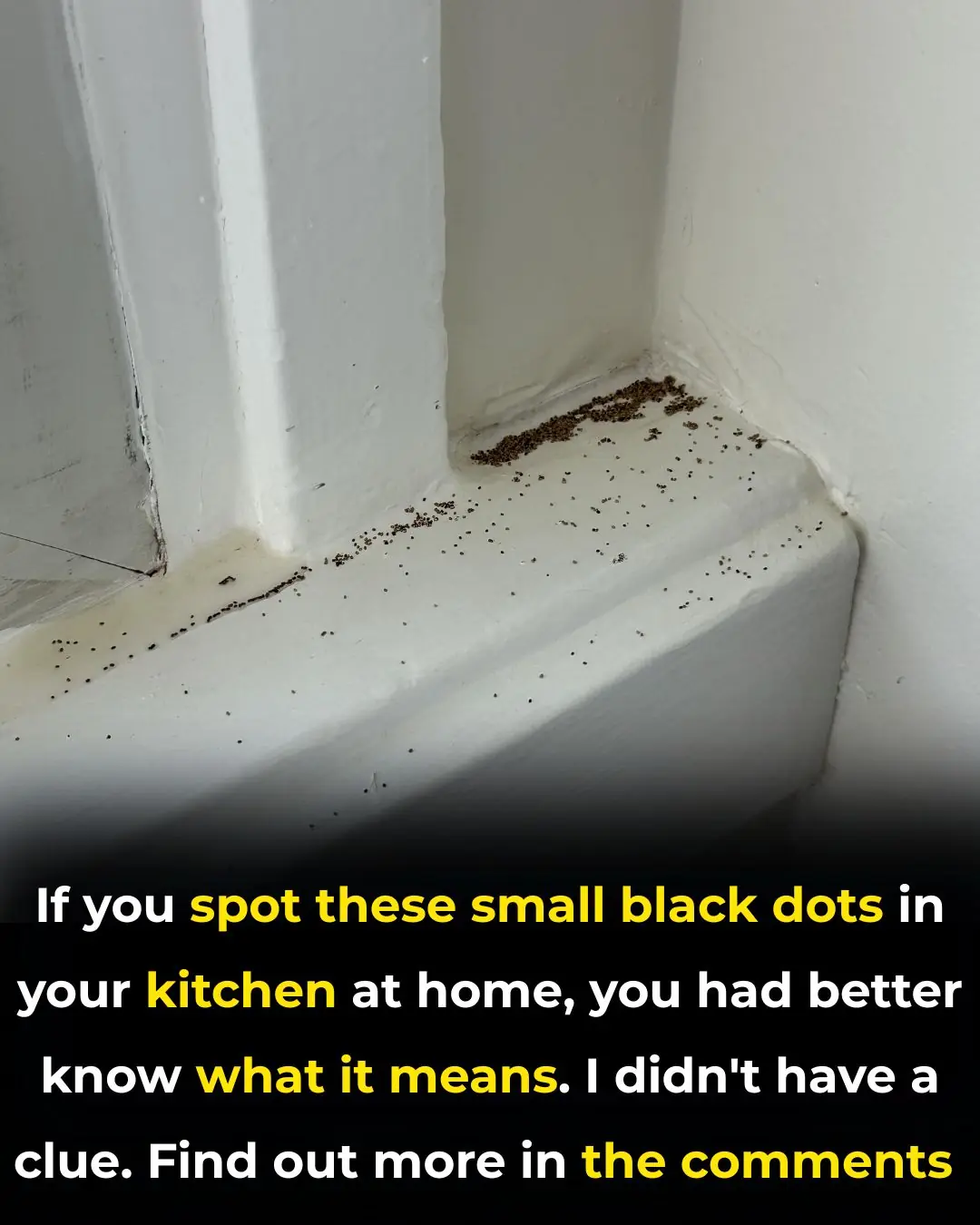
What Are These Strange Black Dots In Your Kitchen
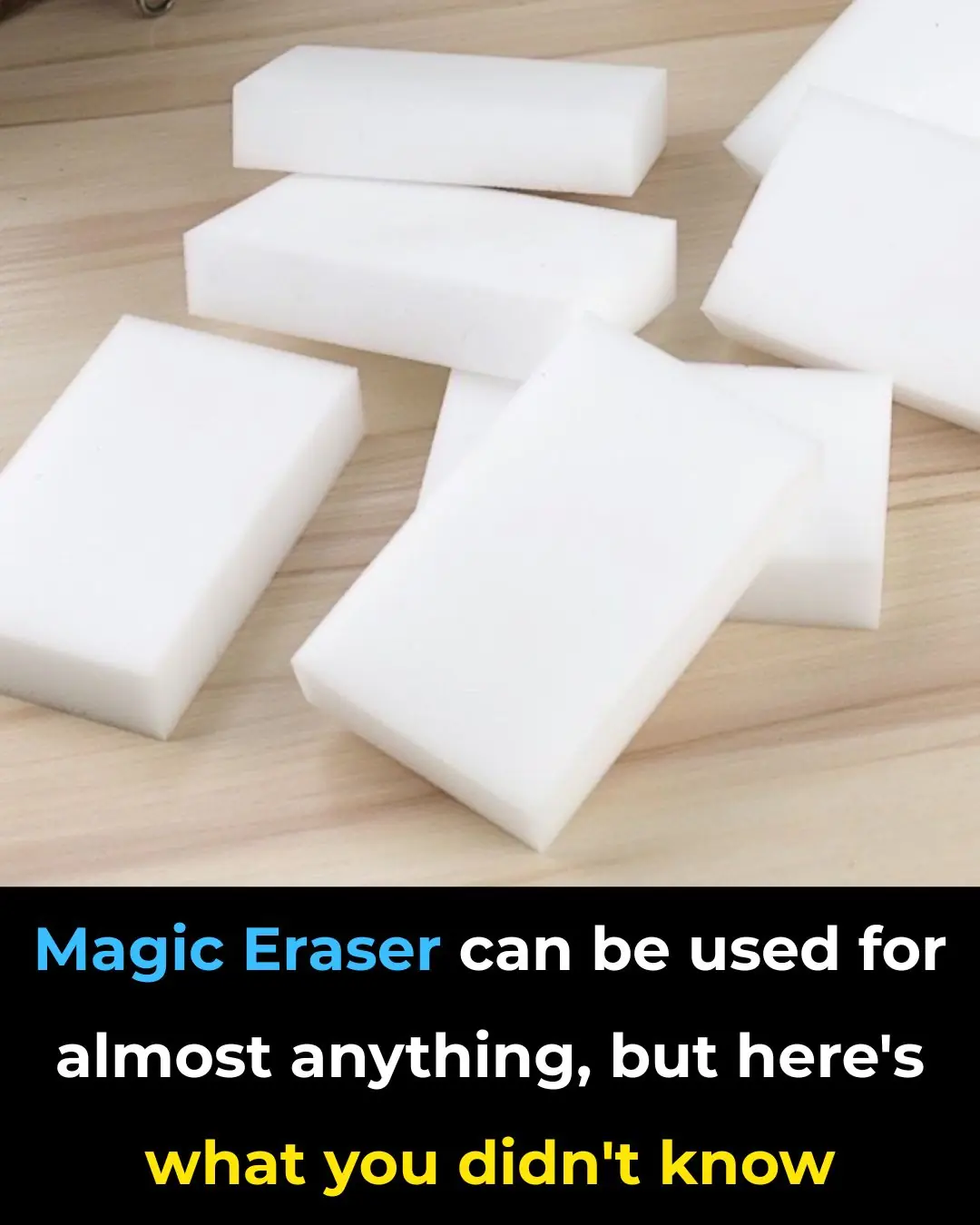
Magic Eraser can be used for almost anything, but here's what you didn't know

Wrong understanding turns water purifiers into diseases, remove them immediately to avoid harming the whole family

The house is full of dust even though it is cleaned regularly

Pour hot water over the apple

It's rainy and humid, and there's no dryer at home. Do this to dry clothes quickly and keep them from smelling bad.

Add this one thing to cooked rice to make it 10 times more delicious and the nutritional value also increases many times.

Boil pork that is both red and fishy: Drop this into the pot, the meat will cook evenly and release all dirt.

Tell mom how to make standard, crispy and irresistibly delicious banh xeo
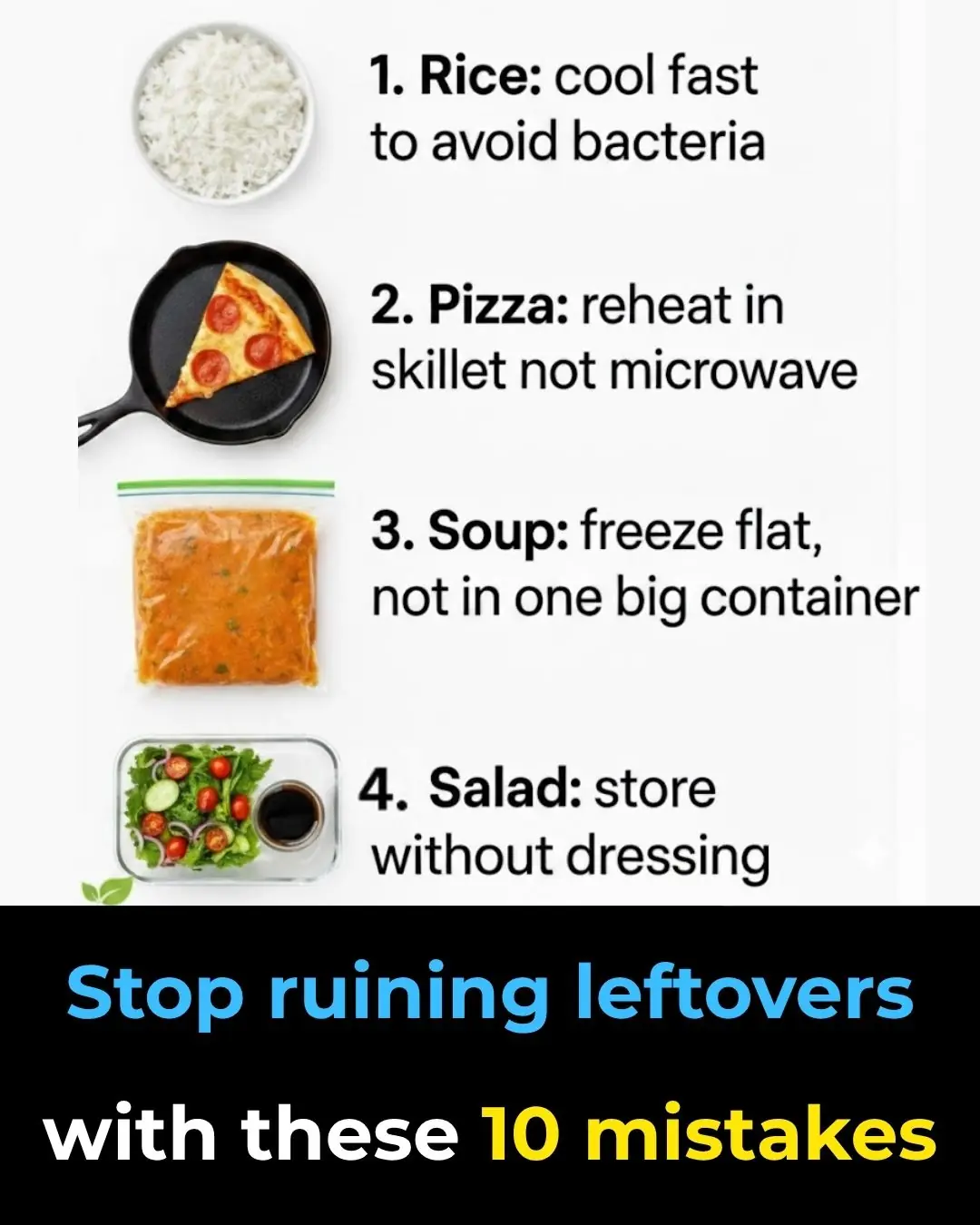
Stop ruining leftovers with these 10 mistakes

You're doing it all wrong. Here’s the right way to store tomatoes

You’re doing it all wrong. Here’s the right way to vacuum carpets

Most do this wrong. 10 plants you’re watering too often

Most don’t know. 12 brilliant ways to use WD-40 around the house

When frying lolot leaf patties, remember to take an extra step so the patties turn out fragrant, bright green, and not darkened.
News Post

Can Onion Juice Gently Support Eye Health? A Natural Tip to Try

Bed Bugs Hate This! How Diatomaceous Earth and Cloves Can Wipe Them Out

These are the consequences of sleeping with the…

5 Common Foods That Often Contain Parasites — Many People Eat Them Daily

1 Vitamin Stops Calcium Buildup in Arteries and Heart

S:ida Acuta: Exploring the Healing Properties of this Herbal Remedy
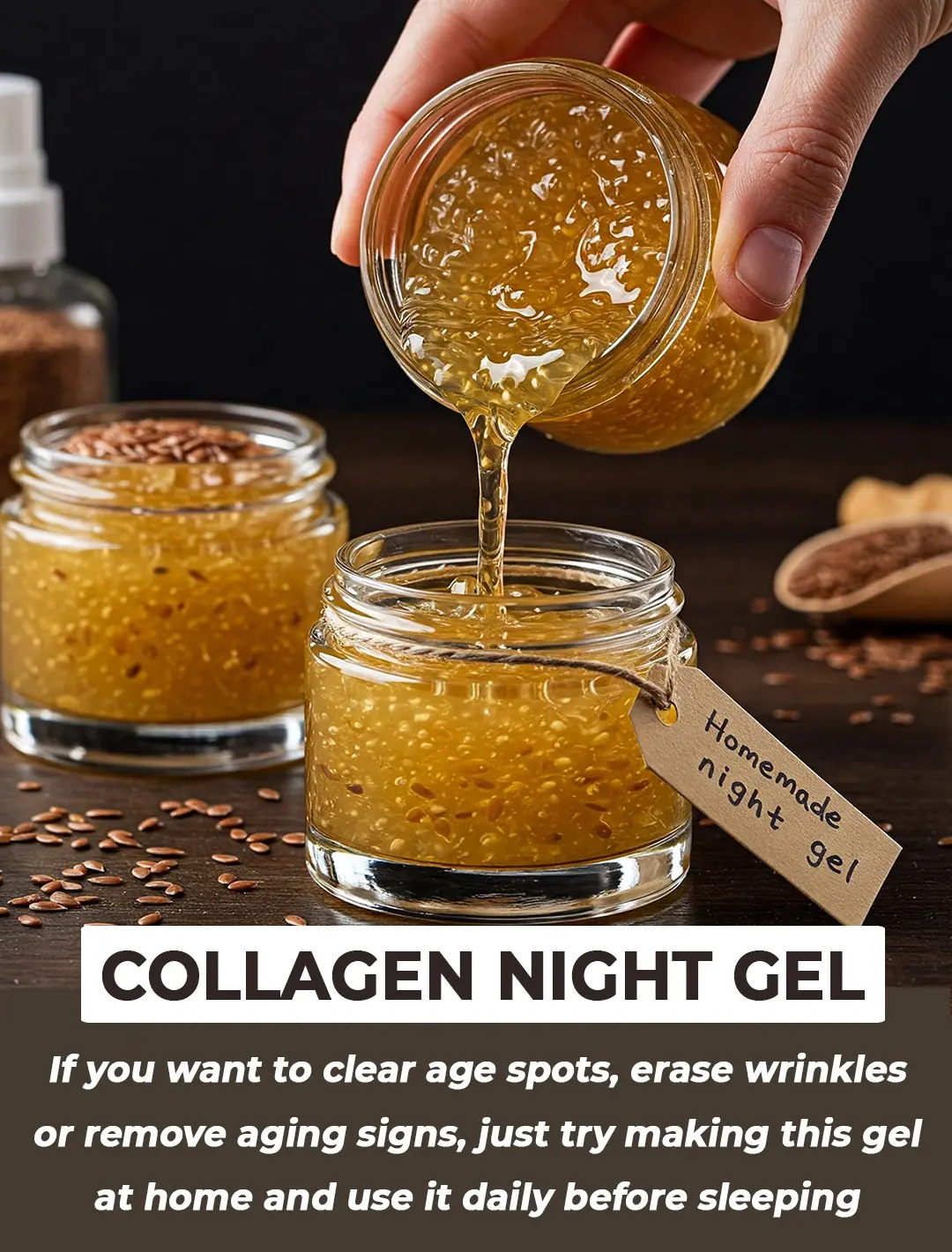
DIY Flaxseed Collagen Night Gel for Hydration and Rejuvenation
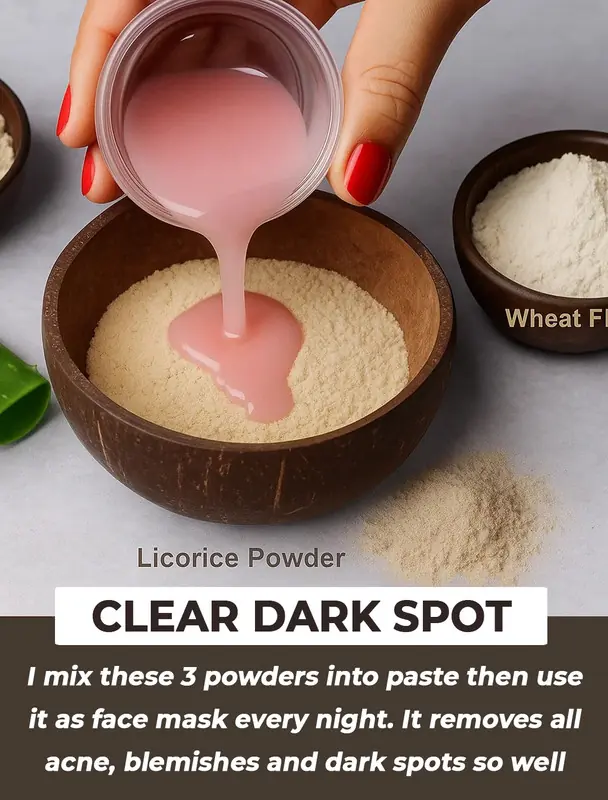
10-Day Licorice Treatment for Dark Spots: Fade Pigmentation and Achieve Glowing Skin Naturally

Easy Recipe to Make ABC Collagen Ice Cubes at Home: The Secret to Glowing, Firm Skin
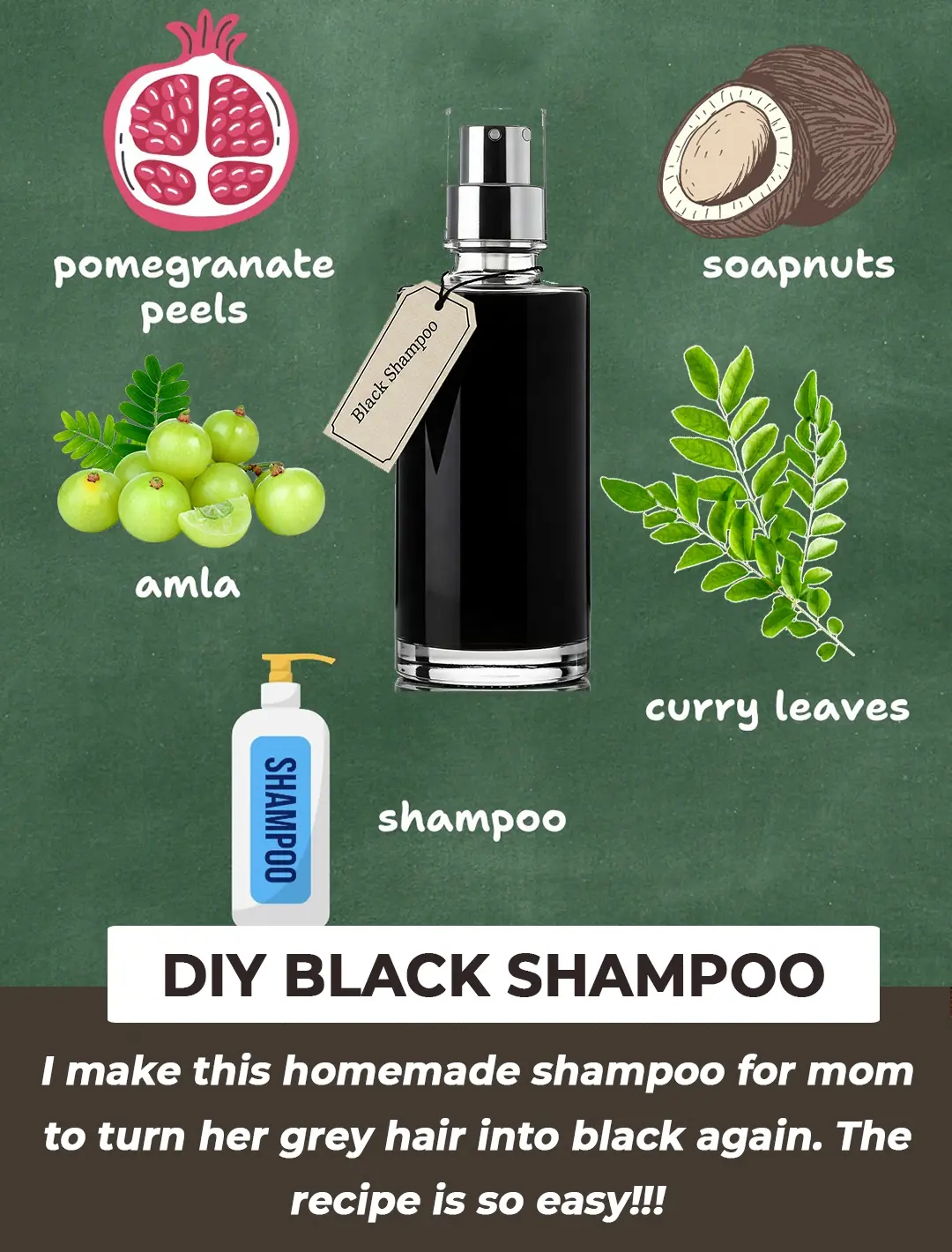
2 Mins Black Shampoo For Grey Hair

Why this doctor refuses to prescribe statins for high cholesterol

The 'divine' secret to frying

Why do we have to leave our phone face down on the table when we are not using it?

Hanging a towel on the door handle before bed: Unexpected benefits but few people know

Tips for conditioning your hair with over-cooked bamboo shoots

Treat premature gray hair thanks to the black dye formula

What Are These Strange Black Dots In Your Kitchen

Magic Eraser can be used for almost anything, but here's what you didn't know

Wrong understanding turns water purifiers into diseases, remove them immediately to avoid harming the whole family
